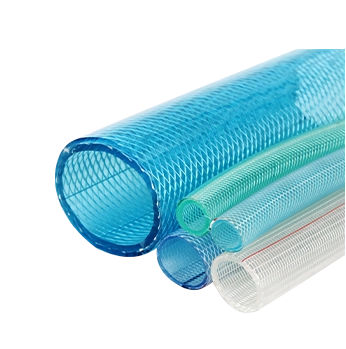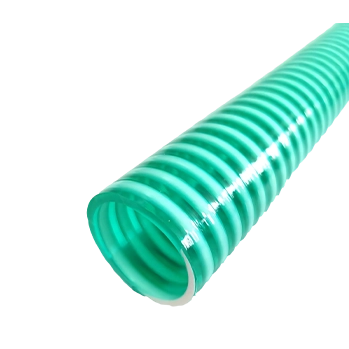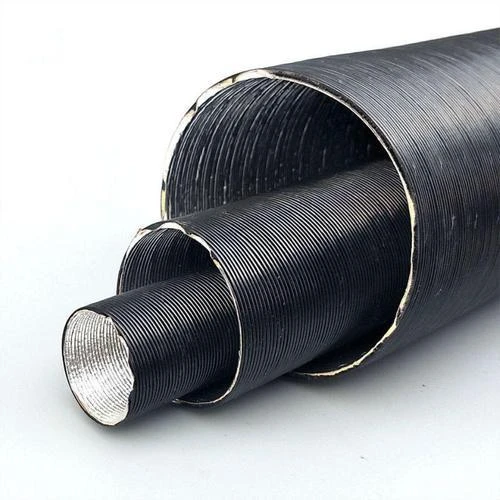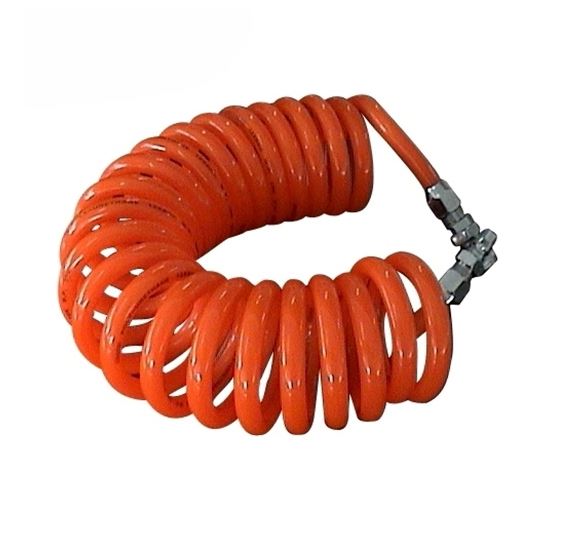Different Categories of Hoses Used in Firefighting Applications
Types of Hoses in Firefighting
Firefighting is an essential service that plays a critical role in ensuring the safety of lives and property. A variety of tools and equipment are employed to tackle fires effectively, with hoses being one of the most vital instruments in a firefighter's arsenal. Understanding the different types of hoses used in firefighting can help us appreciate their importance and functionality during fire incidents.
1. Attack Hoses
Attack hoses are fundamental in direct firefighting efforts. These hoses are designed to carry water or firefighting foam from the pump to the nozzle, where it can be effectively delivered to extinguish the fire. The most common sizes for attack hoses are 1.5 inches and 2.5 inches in diameter. These hoses can be made of various materials, including rubber, synthetic fibers, or both, which provide flexibility and durability.
Attack hoses are typically categorized further into two subtypes
- Handlines These are smaller hoses, generally 1.5 inches in diameter, easily manageable by firefighters, allowing them to navigate through confined spaces or crowded areas. They are primarily used for direct attack on fires. - Large Diameter Hose (LDH) Ranging from 3 to 5 inches in diameter, LDH is employed for water supply purposes, transporting large volumes of water quickly from hydrants or tankers to the fire scene. They are crucial for firefighting operations that require significant water pressure and flow.
2. Supply Hoses
Supply hoses are used to transport water from a water source, such as a fire hydrant or a water tank, to the pump at the fire apparatus. Unlike attack hoses, supply hoses are generally larger in diameter (often 4 inches or more) and are designed to withstand high pressures. They are critical for ensuring a steady water supply, allowing firefighters to focus on extinguishing the fire rather than worrying about their water source.
Supply hoses can also be categorized based on their construction and use. Some are designed for heavy-duty operations, while others are intended for more standard fire responses. The material used in constructing these hoses also affects their longevity and performance, with options ranging from lightweight PVC to more robust rubber composites.
types of hoses in fire
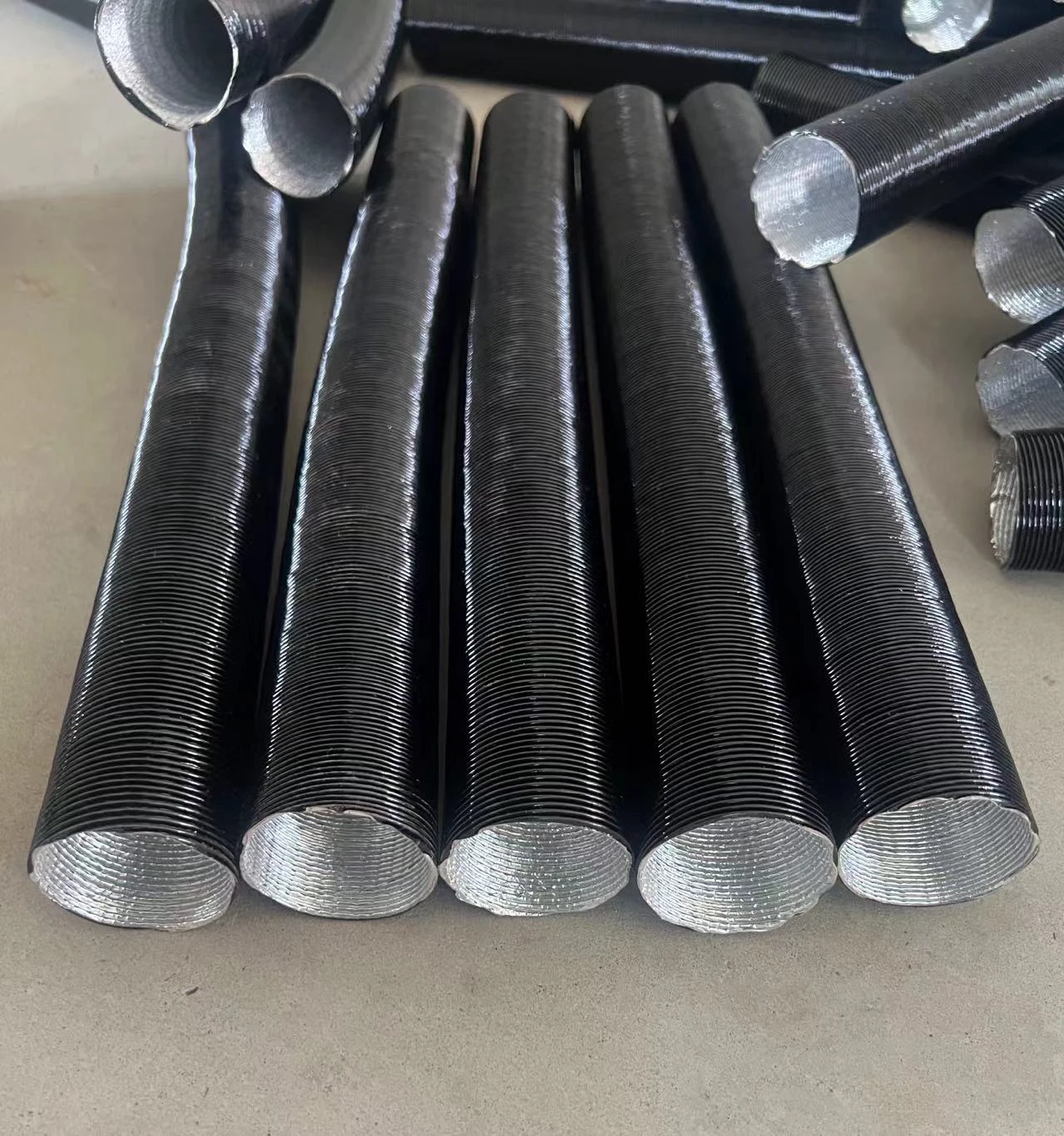
3. Jacketed Hoses
A type of attack hose, jacketed hoses come with a protective outer layer that provides additional durability and resistance against abrasions and extreme temperatures. This added protection is particularly beneficial in firefighting situations where hoses are dragged across rough surfaces or exposed to hot flames. Jacketed hoses not only extend the lifespan of the hose but also improve safety for firefighters handling them.
4. Foam Hoses
Foam hoses are specialized hoses designed for delivering firefighting foam, which is vital in combating specific types of fires, such as oil or chemical fires. These hoses have specific nozzles that create foam from the liquid concentrate and water mixture. The foam helps to smother the fire, preventing oxygen from reaching the flames. Foam hoses are essential for hazardous materials incidents and industrial fires.
5. Wildland Hoses
Designed specifically for wildland firefighting, these hoses are lightweight and often constructed from materials that resist abrasion and UV damage. Wildland hoses serve to deliver water in remote locations where traditional fire engines may not be able to reach. Their compact size and lightweight design make them easy for firefighters to carry into challenging terrains.
Conclusion
The importance of hoses in firefighting cannot be overstated. Each type of hose serves a unique function, tailored to meet the specific needs of various fire situations. From attack hoses that help extinguish fires directly to supply hoses ensuring adequate water availability, understanding these tools enhances our appreciation of the complex and courageous work performed by firefighters. As technology advances and materials improve, the effectiveness and efficiency of these hoses continue to evolve, enhancing the safety and effectiveness of fire response teams everywhere.
-
Top Quality Oxy Acetylene Hoses for Sale Fit for Welding DemandsNewsJul.28,2025
-
The Future of Pneumatic Air Tubes in IndustryNewsJul.28,2025
-
Superior and Reliable LPG Hose Pipe Solutions for Every NeedNewsJul.28,2025
-
Exceptionally Durable and Versatile Premium Braided PVC TubingNewsJul.28,2025
-
Best Adapters for Connecting Garden Hose to PVC Pipe ConnectionsNewsJul.28,2025
-
The Essential Role of LPG Hoses in Safe and Efficient Gas DistributionNewsJul.16,2025



